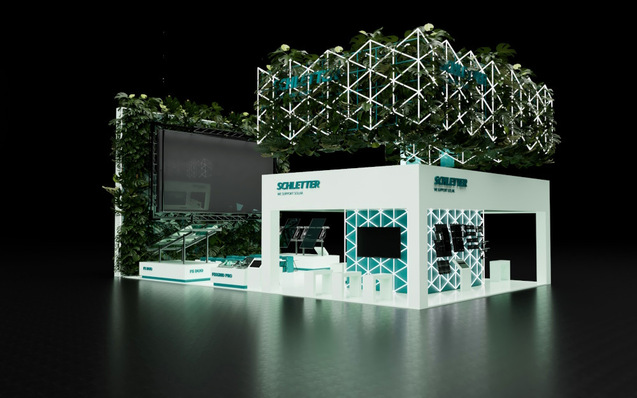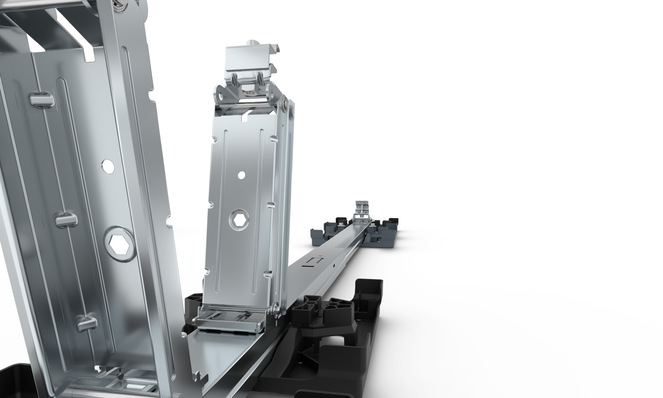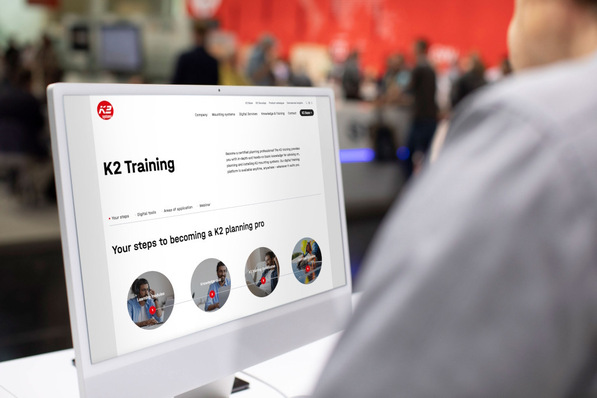The study of Ideematic draws on extensive storm data from Europe’s major windstorm in 2018, giving insight into how changes in wind direction can play a part in the destructive nature of major storms. This inclusion of real-world storm data, and a detailed assessment into the frequency and severity of wind direction changes gives a far better idea of the true effects of wind damage on solar installations.
Wind directionality crucial
“One thing we’ve discovered is that the issue of wind directionality is largely overlooked when assessing a solar tracker’s reliability in high wind events” said Nathalie Kermelk, Head of Engineering at Ideematec and co-author of the white paper “Achieving stability and efficiency while in stow position means nothing if they cannot be maintained throughout the storm’s natural changes in wind direction.”
Comparision of different stow strategies of PV trackers
The main focus of the white paper was in comparing the different stow strategies on the market, and how they hold up in real life situations. “The rapid expansion of solar PV across the globe makes an in-depth assessment on the long-term security of all major components of a PV system more important than ever – with trackers being perhaps the most important of all BOS components,” said Dr. Thorsten Kray, Head of Building Aerodynamics at I.F.I. and co-author of the paper “The 30° stow strategies that are common with other large tracker companies simply don’t offer the same peace of mind as a 0° strategy – when you look at the results, and when you think about how many high wind events a plant might see in its 30 year lifetime, the benefit actually becomes quite clear.” (HCN)







